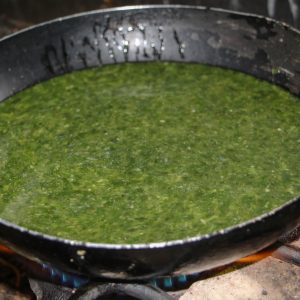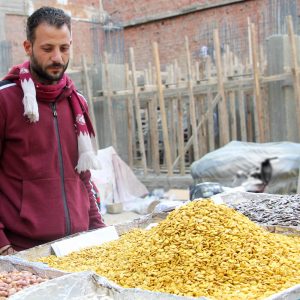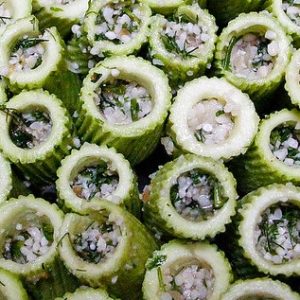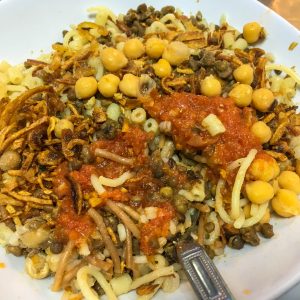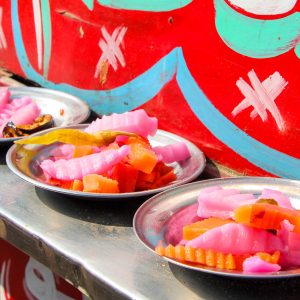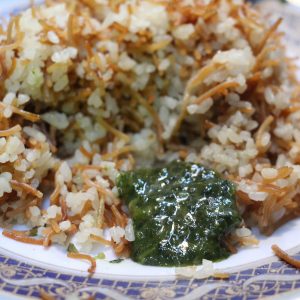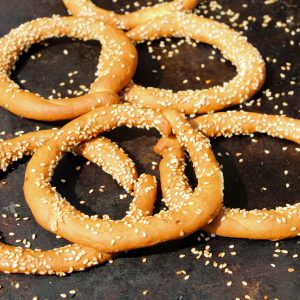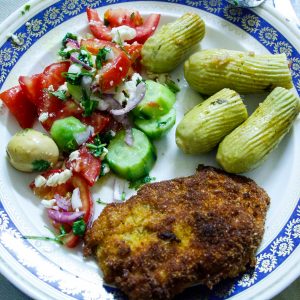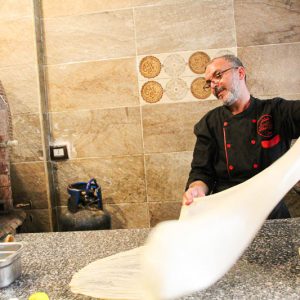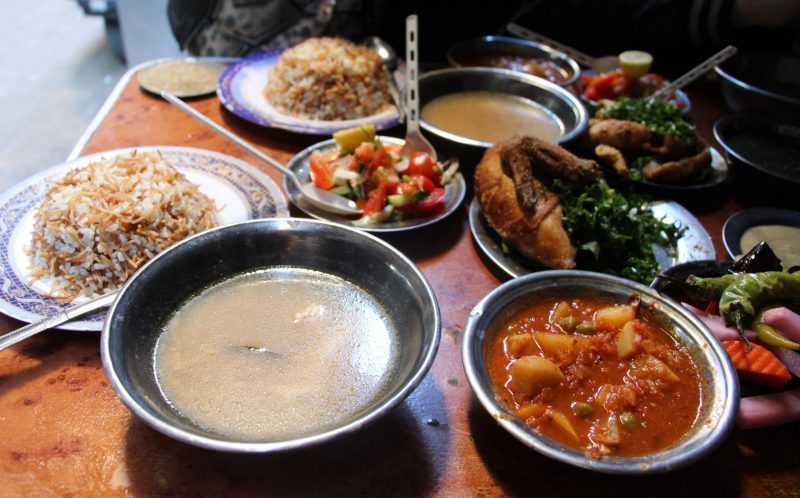The cuisine and meals are many opportunities to immerse yourself in the culture of the country. Egypt offers the traveller incredible taste experiences served with thousands of smiles
Egyptian cuisine is far less renowned than Moroccan or Lebanese cuisine. This is a pity. Egypt is well worth a visit for its gastronomy in addition to its extraordinary cultural treasures.
Most tourists arrive in Cairo, tour the monuments and rarely take the time to get lost in the old city where they can enjoy the local cuisine. Yet, typical, good and inexpensive, this would be an opportunity to discover the local flavours with the added bonus of a smile on the face of the vendor.
Egyptian cuisine is a mix of Mediterranean, Arabic and Oriental influences
However, it has its own character, even if many of the dishes sound familiar to the taste buds of those who have explored North Africa or the Middle East. It is a rather simple cuisine and quite repetitive once you have tasted the specialities. Lots of “Egyptian pizzas”, savoury pancakes, lots of fried-panned mincemeat. But the emblematic dishes of Egyptian cuisine are well worth trying. At the top of my personal top list is the irresistible mouloukheya, a soup with an intense green colour and flavours that are as powerful as they are surprising. But also…
The national dish is resolutely the foul, the pillar of the Egyptian breakfast
Foul is a coarse purée of brown beans. Seasoned with oil and lemon, sometimes with chilli and tomato. The most basic form comes in a sandwich: the flat bread, ayish or aish baladi, opened in half, is generously spread with foul. It is the basis of the Egyptians’ national breakfast. Often supplemented with pickled vegetables (carrots, turnips), one or two crispy falafels, tahini, this delicious purée of sesame seeds. It is a breakfast very rich in fibre, iron, protein… and calories.
But there are many variations, even if the foul remains the common denominator. The fabulous babaghanoush, a spicy aubergine purée, and the shakshouka, a scrambled egg, tomato and onion mixture, are also served on the tiny food truck, on metal plates. The Baladi salata is the national salad served in a bowl at every meal: a sober mix of cucumbers, tomatoes and onions. Be careful, it is sometimes very spicy.
Egyptians usually buy their first meal in food truks that criss-cross the city. If you make the effort to get up early, they are easy to spot by the crowd of men all around. You order, and usually eat on the spot.
Interesting anecdote, the waiter almost always puts a glass on the table containing the juice made from the national salad Baladi Salata
You will be encouraged to drink it, explaining that it will make you strong. Intrigued by this story, I conducted my investigation. You have to remember that Egypt is 95% desert. No water should be lost! Colourful vegetables are still in the Egyptians’ imagination synonymous with strength combining fertile land, water and sunshine. A very wise tradition.
In Egypt, home cooking and street food are inseparable
Egyptian cooks living in the cities never make their own falafels or bread. This work is done by street vendors, and there are many of them.
Families often eat outside or have their food delivered to their homes. In Egypt, everything can be delivered, even a bag of peanuts.
Another pillar of the egyptian meal: bread!
Bread is delivered to the four corners of the city by an unexpected means of locomotion: the bicycle. This is probably the first thing that will surprise the traveller: racks full of bread balanced on their heads, cyclists slalom through the infernal traffic, one hand on the handlebars, one hand on the goods. Whahoo.
If a loaf of bread should fall, it is not uncommon for the traffic to spontaneously stop so as not to crush the wafer, and there is always someone brave enough to return it to the delivery man. The bread here is sacred, moreover, in Arabic aïsh also means life.
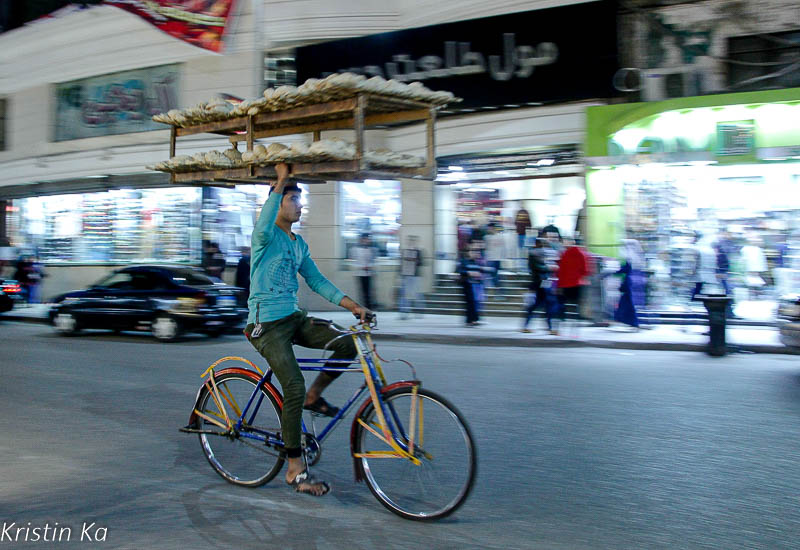
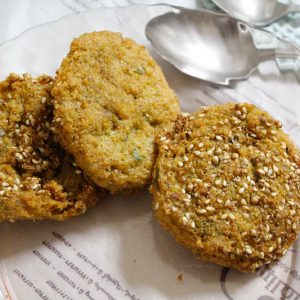
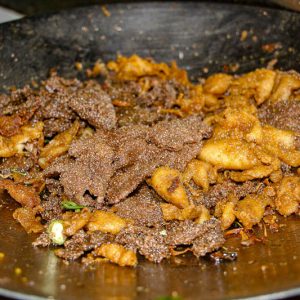

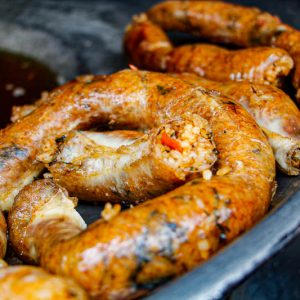
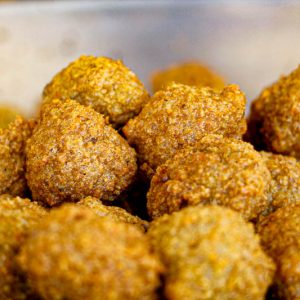
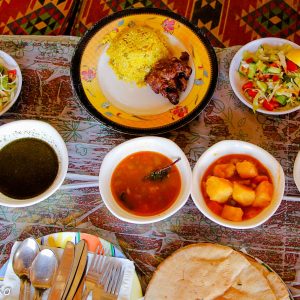
There are many dishes that make up the Egyptian gastronomic base, but fitir, fried liver, Koshari and mahchis stand out from the rest
Egyptian fitir is as beautiful to watch being made as it is to eat
Fried liver is a must in Egyptian canteens
Mahshis are a very popular dish straight out of the mother’s kitchen
The koshari is emblematic in many ways. It is by far the cheapest way to fill your stomach
Stuffed pigeon, a pride of Egyptian gastronomy
The Egyptian falafels, very different from the Lebanese ones
Traveller! Don’t underestimate the gastronomic experience of Egypt
The Egyptians, who rarely see tourists in these districts (absolutely not dangerous), will give you a warm and unforgettable welcome. There will always be a good soul to help you translate the menu (only in arabic), you will be served like a king with respect and with those sincere smiles you will never, ever find in a tourist hideout.
